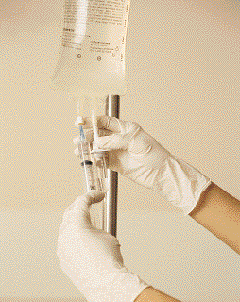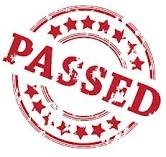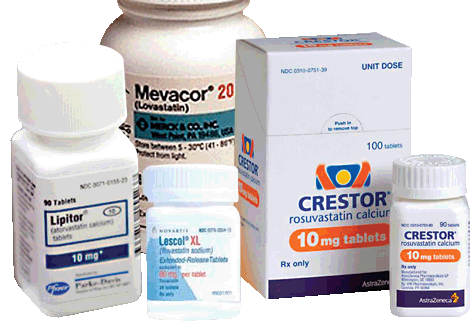The Patient that Made the Difference
/Her initials were the same as mine, and we greeted one another after a few phone conversations with "Hi, BB, it's BB."
We had this connection. Two grown women. Both single and young. The big difference was that I was her home health pharmacist in charge of her pain pump and she had terminal cancer.
When you are halfway through your life (and maybe your career) there comes a time when you look back and remember the patients that change your life and maybe even validate the half-ass "I want to be a pharmacist" decision made by a young twenty-something with no idea how profound the decision would have on every aspect of your life.
B wanted to go to Florida and be in the ocean one more time. Her boyfriend was in Florida and since she knew her time was short, the ocean was on her bucket list... with the dilemma of a pain pump. That's where I fit into the story, finding a creative way to make it happen along with a couple home health nurses and some supplies. She was a nurse, too, and was a big part of her own end-of-life care.
It has been eleven years ago. B was 33 years old. I had been a pharmacist for only four years; a baby in the working world with little idea of how that year would change my life.
I had these biweekly chats with her concerning supplies she might need, including the intravenous pain medication itself but we often left the rigid discussion of how we were connected through pharmacist and patient to human conversation of "please do monthly self breast exams," to "live a full life and travel Beth!" to "who cares what people think about you, you certainly won't care when you are at the end of your life" and "I wish I could have been a mother." It was almost as if I had been granted insight into the world of a life ending way too soon and maybe learning my own lesson along the way. I sure did.
I finally went to meet her the last few days of her life. I waited much too long to meet my friend and that is my only regret. There is a professional line you have to keep in place with your patients, but sometimes that looks a little different patient to patient. She squeezed my hand and had a picture of her vibrant former self before cancer ravaged her body sitting on her nightstand. "You are beautiful," I had said although wishing I had arrived months before.
Pharmacists and nurses along with other healthcare providers can make a difference.
I witnessed the same thing with my father-in-law's nurse at the VA in Nashville caring for a man that had no family at bedside because of a lack of a relationship with his family. His nurse was amazing and was not only his nurse but his friend.
I saw it again in Memphis on a hospice rotation where I saw different patients in different stages of terminal illness along with their families in different stages of grief.
My life changed with each of these moments and patients who touched my life and maybe that young twenty-something college student knew more than I thought about selecting a career?





 If you happen to run short of the lorazepam 2 mg/mL vials to compound your ativan drips, be mindful of the possibility of precipitation when using the lorazepam 4 mg/mL vials. AHFS Drug Info states:
If you happen to run short of the lorazepam 2 mg/mL vials to compound your ativan drips, be mindful of the possibility of precipitation when using the lorazepam 4 mg/mL vials. AHFS Drug Info states:
 I enjoy brainstorming with other pharmacists and asking them their opinions on becoming
I enjoy brainstorming with other pharmacists and asking them their opinions on becoming 
 Guidelines change, and recently
Guidelines change, and recently